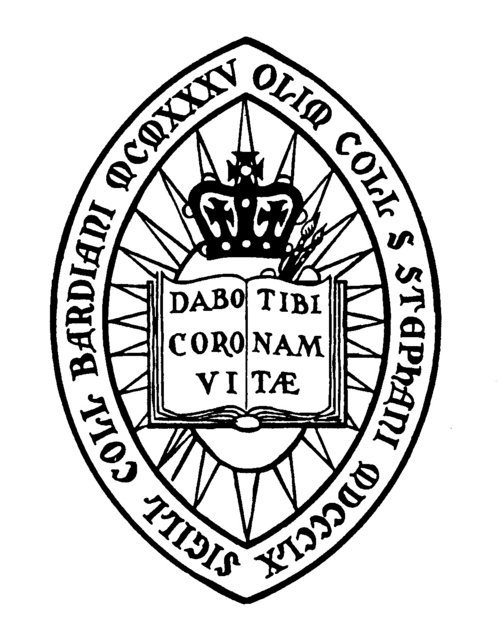Team:Bard-Annandale/Project
From 2011.igem.org
| You can write a background of your team here. Give us a background of your team, the members, etc. Or tell us more about something of your choosing. | |
|
Tell us more about your project. Give us background. Use this is the abstract of your project. Be descriptive but concise (1-2 paragraphs) | File:Bard-Annandale team.png Your team picture |
| Team Example |
| Home | Team | Official Team Profile | Project | Parts Submitted to the Registry | Modeling | Notebook | Safety | Attributions |
|---|
Contents |
Overall project
The main objective of our team’s project is to create a bi-directional logical construct using quorum sensing E. Coli in a microfluidic chip. We intend to design two different strains of genetically engineered E. Coli both capable of sending and receiving different signaling molecules. The first E. Coli strain carries both LuxI gene capable of producing acyl homoserine lactone (AHL) and LuxAB gene capable of producing luciferase. The second E. Coli strain carries both LuxR operon attached with a GFP reporter gene and Lux CDE luciferin production gene. The two strains of E. Coli are then placed next to each other inside the microfluidic channel trapped in hydrogel. When solution is pumped inside the microfluidic channel travelling from the first patch of E. Coli to the second, AHL secreted from the first patch is carried through to the second patch. AHL will then bind with the LuxR protein in the second patch, activating the LuxpR promoter and triggering the production of green fluorescent protein. Meanwhile, the luciferin produced by the second patch of E. Coli will only travel downstream further away from the first patch without triggering any response from the first patch. On the other hand, if solution is pumped inside the microfluidic channel travelling from the second patch to the first patch of E.Coli. Luciferin produced from the second patch will be received by the first patch. Under the enzymatic activity of luciferase produced by the first patch, luciferin will undergo a chemiluminescent reaction and generate blue light. This device is capable of generating a different visual response based on the direction of the flow, making it a very useful and versatile construct in designing microfluidic chips with E.Coli that are able to carry out logical operations.
 "
"
